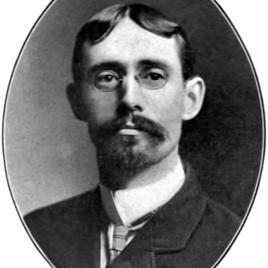Pioneer Information
Born in 1869 in Steuben County, New York, Clute moved to New York City in the late 1800s, spending the first phase of his career as an assistant curator for the Columbia University Botany Department, and on the staff of the New York Botanical Garden. Particularly interested in the classification and scholarship of ferns, Clute co-founded the American Fern Society in 1893 and served as editor of its publication, The Linnean Fern Bulletin (later renamed The American Fern Journal). A strong advocate for the periodical, Clute personally paid for the printing costs during its early years until subscribership increased. In 1902 Clute moved to Illinois and became a high school teacher of botany and agronomy; over the following three decades he authored numerous textbooks. In 1928 he joined the teaching staff at Butler University in Indianapolis, Indiana and was appointed director of the university’s new botanical garden.
Having gained recognition for his curation of Butler University’s gardens, in 1938 Clute was chosen to transform the estate of John Hampden Holliday into a public park. He designed the 94-acre site to showcase a wide variety of rare and exotic plants, including 43 cacti species, a vast variety of maples (one of the largest collections in a public park at the time), and a series of woody perennials arranged by phylogenic classification. Though Clute never obtained a formal academic degree, he continued to dedicate himself to botanical research throughout his life, authoring nineteen books before his passing in 1950 at the age of 81.






